
Want to become a photographer but don’t know where to begin? This beginner-to-pro guide covers all the foundational steps to help you launch your photography journey the right way—from gear selection and learning techniques to editing, building a portfolio, and going professional.
Introduction
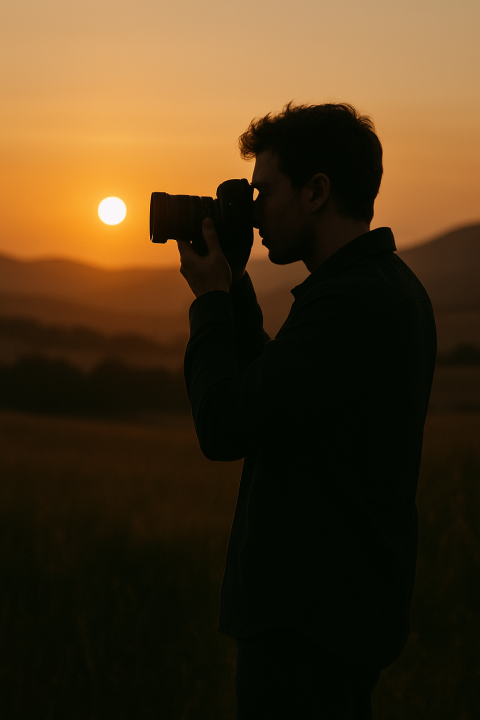
Photography isn’t just a hobby—it’s a language that lets you freeze time, tell stories, and share emotion through visuals. But for beginners, the start of that journey can feel overwhelming. With so many camera options, confusing terms, and creative pressure, it’s easy to feel stuck before even starting. This blog is your guide to navigating the exciting and rewarding path from beginner to professional photographer. It breaks down each phase of the journey in practical terms, so you can grow your skills with confidence and creativity. Whether you aim to shoot professionally or just want to take better photos for personal fulfillment, this roadmap is for you.
Understand Your Gear: Choosing the Right Equipment
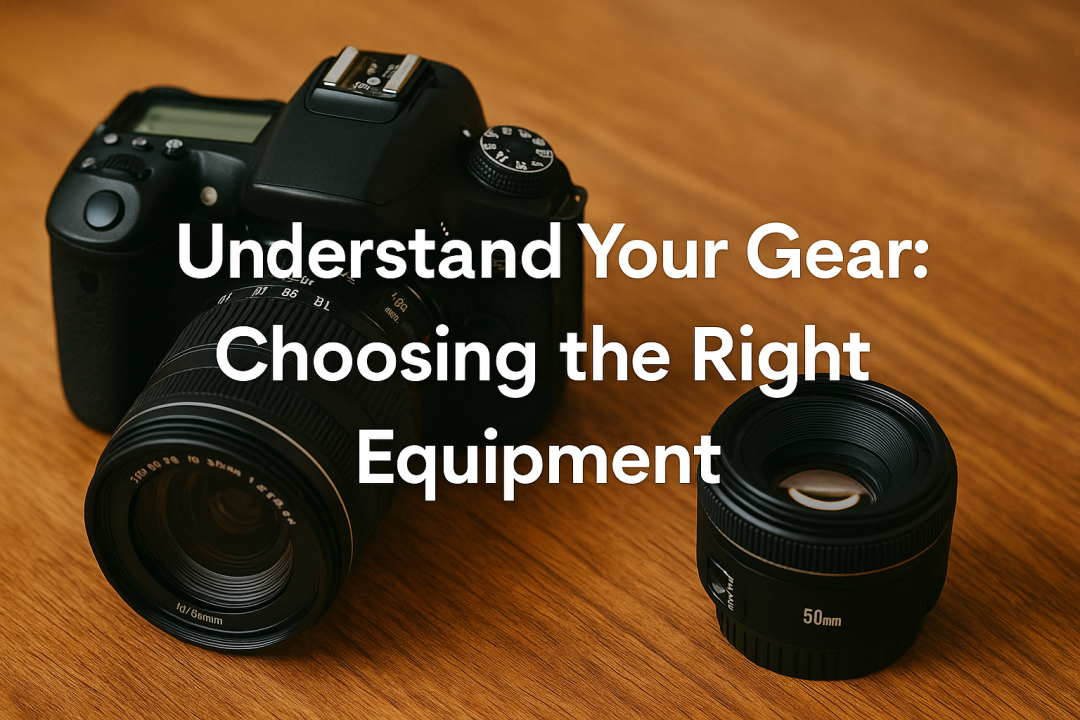
Your first step in photography should be understanding your equipment, not just buying the latest model. Many beginners believe that professional gear equals professional results, but that’s a myth. What really matters is how well you know and use what you already have. Start with an entry-level DSLR or mirrorless camera that allows manual control, so you can learn the fundamentals of exposure—aperture, shutter speed, and ISO. Explore the types of lenses that suit your interests, whether it's a prime lens for portraits or a wide-angle for landscapes. Familiarize yourself with your camera’s settings, modes, and menus. Practice using it in different lighting situations and scenes. Read the manual, take online tutorials, and experiment a lot. As you gain experience, you’ll naturally understand when it’s time to upgrade and what tools will enhance your unique style. Gear matters—but only when you know what to do with it.
Master the Basics of Composition and Lighting
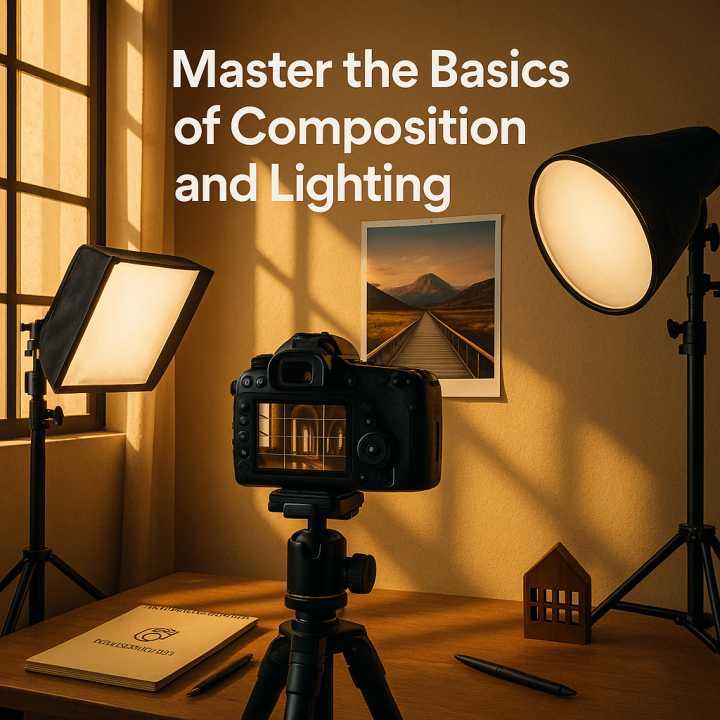
Once you’ve gotten comfortable with your camera, the next focus should be mastering composition and lighting. These are the core artistic tools that transform snapshots into compelling photographs. Composition is the art of arranging visual elements within your frame. Learn techniques like the rule of thirds, symmetry, leading lines, negative space, and framing. These simple methods can drastically elevate the storytelling power of your images. At the same time, study how light affects mood and clarity. Pay attention to natural light throughout the day—from the golden glow of sunrise to the dramatic shadows of dusk. Indoor photography introduces artificial lighting, where you’ll explore using softboxes, reflectors, and diffusers. Try shooting under harsh sunlight, in cloudy weather, and in backlit situations to train your eye. Remember, composition and lighting are about seeing, not just capturing. The more intentionally you observe your surroundings, the better your images will become.
Learn to Edit: Post-Processing That Enhances, Not Hides
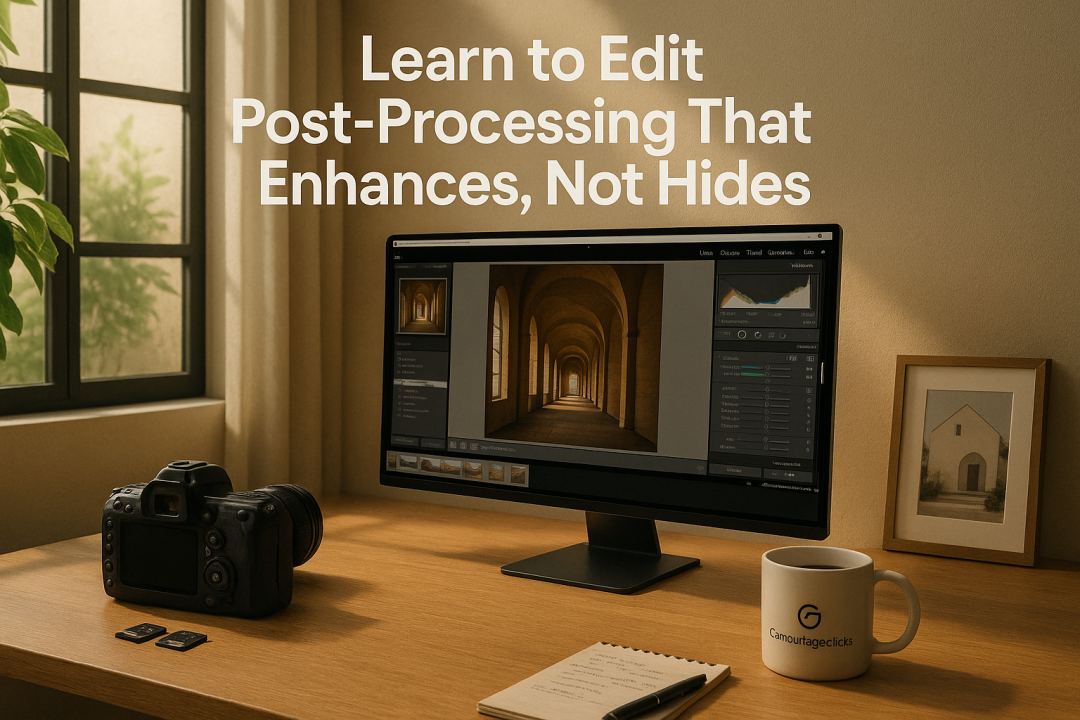
Editing is often misunderstood by beginners. It’s not about fixing bad photos—it’s about refining great ones. Post-processing allows you to correct exposure, bring out details, and add mood or consistency to your work. Start with user-friendly software like Adobe Lightroom, Snapseed, or even your camera’s built-in RAW converter. Learn the difference between global and local adjustments—tweaking the whole image versus editing specific areas. Adjust highlights, shadows, contrast, saturation, and clarity to enhance your photo’s feel without making it look over-processed. Avoid relying on heavy filters or presets at the beginning. Instead, try to develop a clean, consistent editing style that complements your images. As you grow, explore more advanced techniques like color grading, dodging and burning, and retouching in Photoshop. Editing is a skill in itself—take time to learn it well, because it can define your visual signature as a photographer.
Build a Portfolio: Showcasing Your Best Work with Purpose
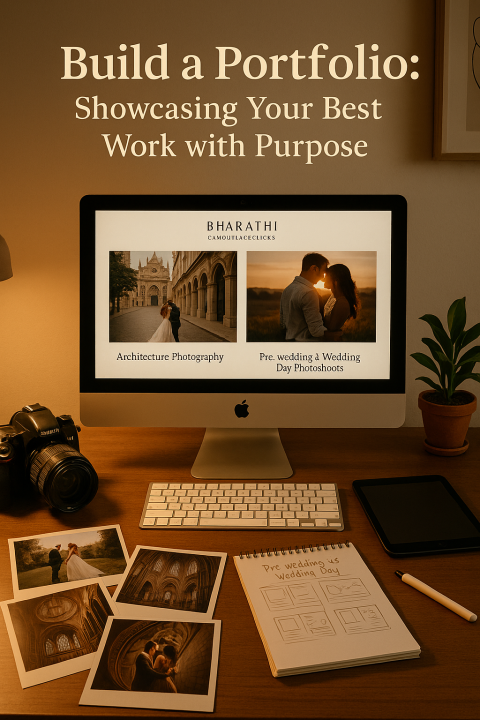
A portfolio is more than just a collection of photos—it’s a reflection of your identity as a photographer. Whether you’re aiming to turn professional or simply want to track your growth, creating a curated body of work is a powerful step forward. Choose your best images that represent a consistent quality, theme, or style. Avoid including everything—quality always beats quantity. Organize your photos into categories like portraits, nature, street, or events. This not only helps your audience understand your strengths but also shows that you shoot with intention. Platforms like Instagram, Behance, or a dedicated website like Wix or Squarespace can help you publish your portfolio. Make sure your layout is clean and easy to navigate, with your name and contact info clearly visible. Think of your portfolio as your visual résumé—it should speak for you when you’re not in the room.
Grow Your Brand and Turn Passion into Profession
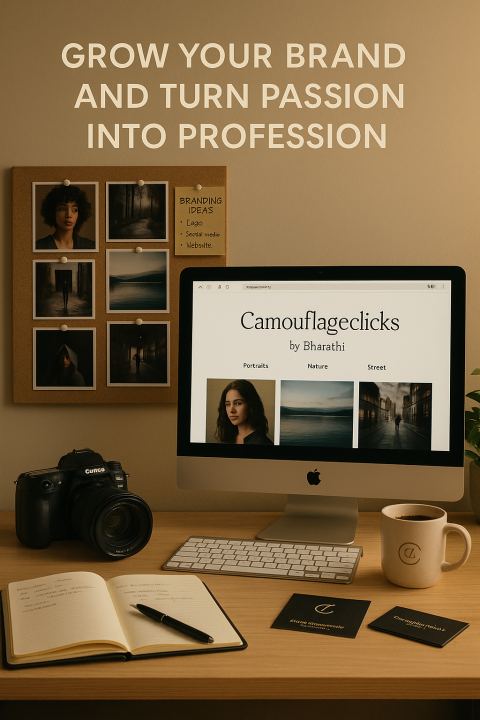
If you want to take photography from a personal passion to a professional pursuit, building your brand is essential. Start by defining your niche and personal style. Are you drawn to candid moments, cinematic edits, or minimalist aesthetics? Let your branding reflect that. Create a recognizable logo, consistent visual themes, and a memorable name (or use your own). Open a dedicated Instagram account, Facebook page, or website for your photography. Engage with your audience, reply to comments, and share not just your best work but also the story behind it. Offer free or low-cost sessions in the beginning to build trust and experience. Collaborate with local businesses or content creators to expand your reach. As your skill and confidence grow, so will your client list. Be professional, punctual, and polite—it matters as much as your camera skills. Over time, your reputation will carry your career forward. Remember, every pro was once a beginner who kept going.
Conclusion
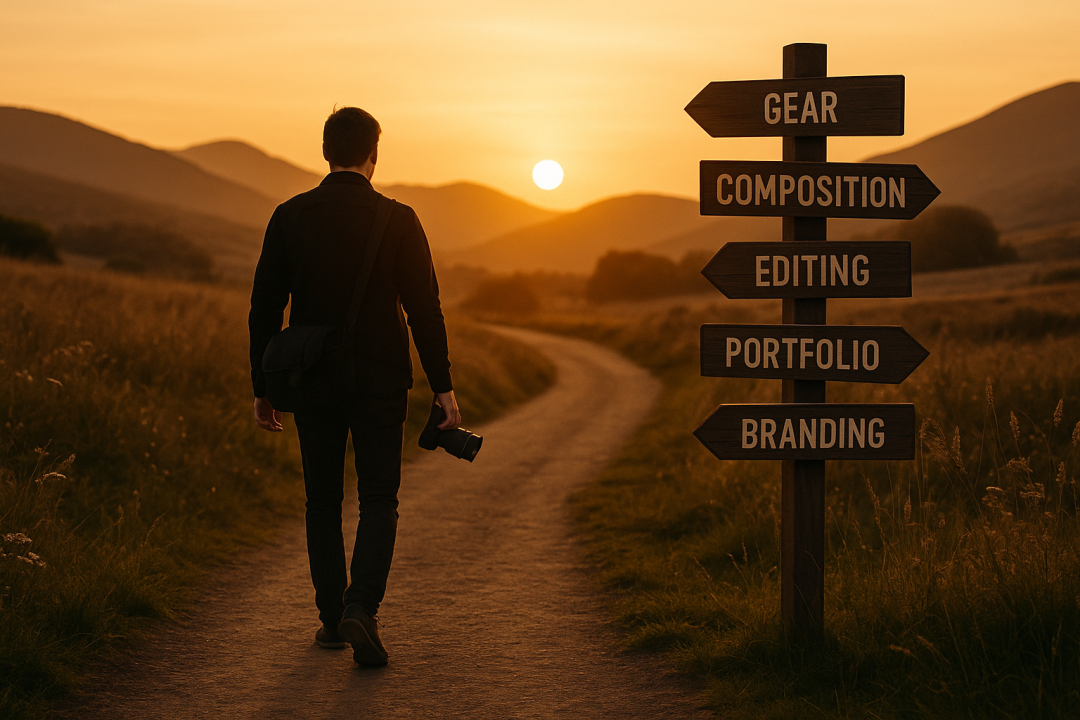
Becoming a photographer is not about having the best camera or the perfect conditions. It’s about showing up, staying curious, and constantly learning. From selecting your first camera to mastering composition, learning editing, building a portfolio, and eventually creating a brand—every step is valuable. You’ll make mistakes and grow through them. You’ll develop your eye, your voice, and your style. Photography is both a technical craft and a deeply personal journey. Stay consistent, stay inspired, and trust that with passion and persistence, you’ll go from beginner to pro—one frame at a time.